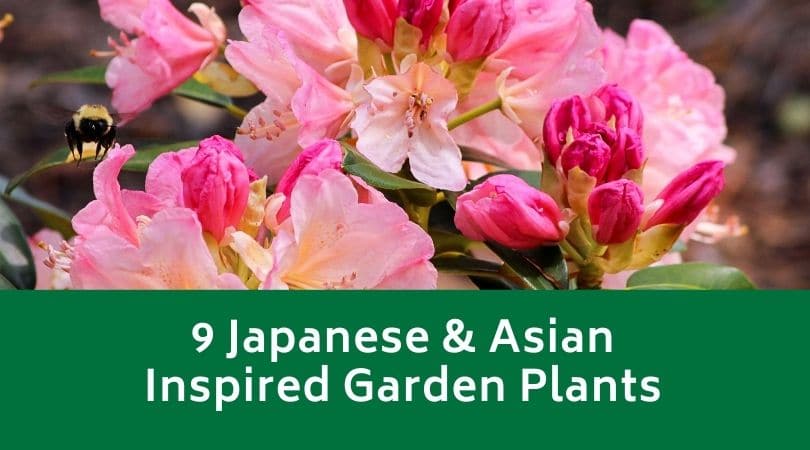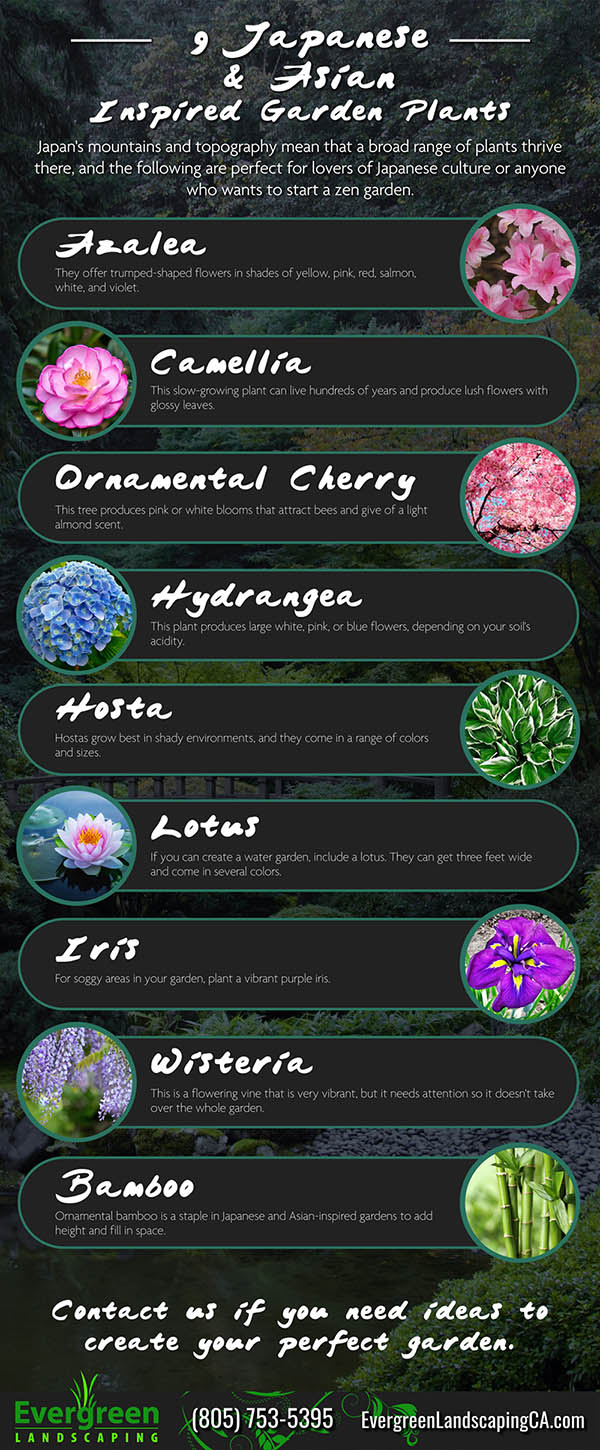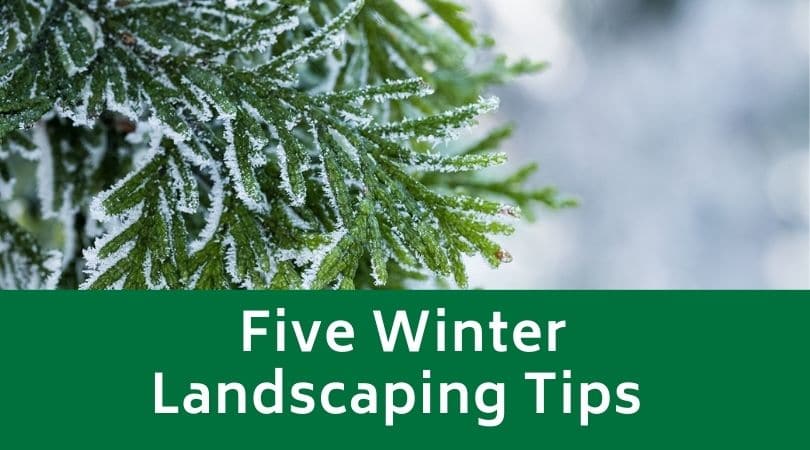Understanding Sun Levels and the Seasonality of Shadows

The key to getting a lush and beautiful lawn or garden relies heavily on sun levels and how every plant has different needs. Some plants do wonderfully in bright and full sun while others burn, and some plants need shade and cooler areas to thrive. How the sun changes throughout the day and during the season also factors in, and we’re going to give you a quick breakdown of the most important points below.
Understanding Sun Levels
When you purchase plants or even pick out grass seed, it’ll have a preferred sun level listed on the package. You want to get as close to this sun level as possible when you plant them to ensure they get enough but not too much light and heat. The most basic sun levels include:
- Full Sun – Six hours at a minimum of direct sun every day
- Part Sun – Three to six hours of direct sun every day
- Part Shade – Three to six hours of sun every day, but they’ll need protection during the middle of the day from the most intense sun
- Full Shade – Less than three hours of direct sunlight a day
Unless the plant is full or partial sun, you want to put them in an area where shadows shield them from the direct mid-day sun. This is too hot for them to be in the direct light, and it’s very easy for them to burn or wilt. Once they do, it’s difficult to get them back to full health unless you immediately take steps to fix how much light they get and at what time of day they get it. Also, water in the early morning or evening hours to avoid magnifying the light and burning your plant’s leaves.
What is the Seasonality of Shadows?
When you think of the seasons, shadows come into play. Spring and summer are the seasons where the days get longer, and there are fewer shadows. Once fall and winter hit, you’ll get less direct sunlight and much longer shadows. So, an area that was perfect for your part sun plant may now be too shaded for them to continue to grow well. If this is the case, you may find yourself moving your plants to continue giving them the correct light amount.
The season with the shortest shadows starts during the Spring Equinox in March, and it goes until the end of August in the Midwest climates. Then, the days slowly start getting shorter and the shadows longer. This will change, depending on your location. However, almost every part of the United States will notice shorter days in the fall and winter months over the spring and summer months. You want to plan accordingly, especially if you have plants out all year-round.
Doing things like planting things in containers where you can easily move them from space to space or putting up temporary shade structures in the warmer months that you can take down in the cooler months can help your plants thrive.
Contact Evergreen Landscaping
Are you not sure which plants will work best with your sun levels? Maybe you have questions on how to optimize your garden or landscape level, so they all get the correct amount of light. Whatever the reason, you can contact us at Evergreen Landscaping. Our staff will answer your questions and help you find the perfect balance of sun and shade for your plants.










